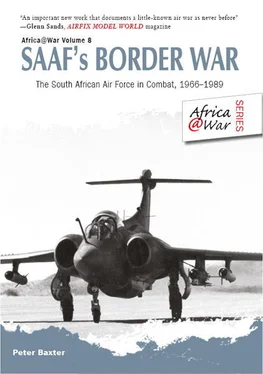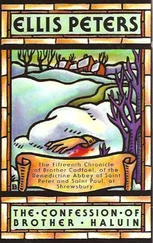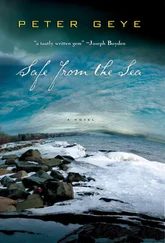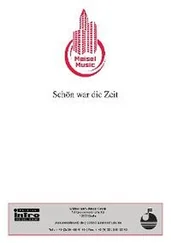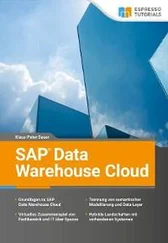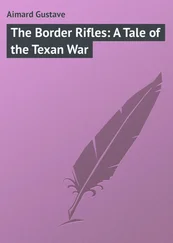
Anti-missile flares being ejected from a Mirage F1AZ.
As the 1970s progressed international resolve against South Africa intensified. The mandatory arms embargo imposed by the United Nations in 1976, as had been the case with Rhodesia a decade earlier, simply had the effect of spurring local innovation and production and the quest for unorthodox markets and irregular partnerships. One of these was a strategic defence cooperation agreement with Israel that saw South African troops appearing in the field armed with Israeli Galil assault rifles, later replaced by the South African R4 assault rifle, a licensed variant of the Galil which came into service in 1982. Prior to this, South African troops had been armed with the R1 assault rifle, itself a licensed variant of the Fabrique Nationale FN FAL which was also supplied in large numbers to sanctions-constrained Rhodesia to the north.
It was during the 1980s that the South African Border War escalated and internationalized to the extent that it essentially became a conventional war. This, in combination with the international mood of the anti-apartheid movement, further constrained South Africa’s ability to source military matériel abroad. The 1980s was also a period of intense militarization within South Africa as the breadth and scope of the Border War spread and as the domestic arms industry began to produce a wider range of ever-more sophisticated weaponry and support equipment.
There were many examples of this. One such example is the development of the Olifant tank which was the result of a series of upgrades of the British Centurion tank, undertaken in part in cooperation with Israel that similarly used modified Centurions in its Sho’t programme. In the same way the Atlas Cheetah, produced by the Atlas Aircraft Corporation, was merely a homegrown upgrade of a Mirage III, evolving through several variants and resembling very closely the Israel Aircraft Industries Kfir , which was itself based on a Mirage V. Other aircraft produced locally by Atlas Aircraft Corporation, a key component industry of Armscor, were the Atlas Oryx, a medium-sized utility helicopter which began its development process as an Aérospatiale SA 330 Puma conversion, the Impala Mk I, an Italian Aermacchi MB-326 variant built in South Africa under licence, and the Bosbok and Kudu, Italian-designed light utility aircraft that saw consistent service throughout the Border War.
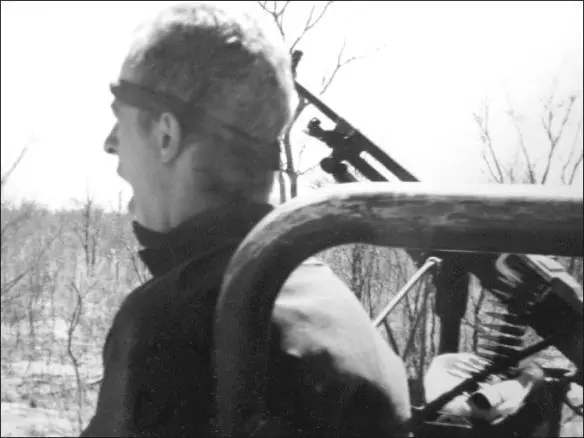
An SADF NCO barks out orders during a contact in the border area. Photo courtesy Cameron Blake
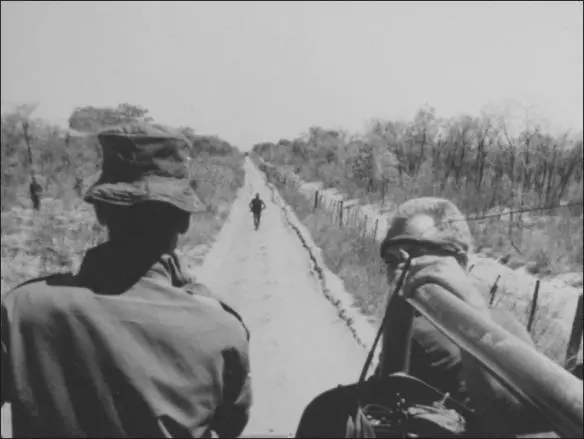
An SADF patrol along the cut-line. Photo courtesy Cameron Blake
Perhaps the most iconic item of South African mechanized infantry hardware is the six-wheel-drive Ratel IFV, a highly versatile and adaptable infantry fighting vehicle which, in keeping with the customary lineage of many South African innovations, arrived on the drawing board once the fleet of British FV603 Alvis Saracens in service in the SADF ceased to be viable once spare parts became unobtainable. Design work on the Ratel variants began in 1968 with the first prototypes being completed in 1974. Production by Sandock-Austral began in 1976 with the first vehicles being introduced into service the following year. Another cornerstone product was the G5 155mm howitzer which came into being to correct the disadvantages suffered by South African artillerymen outranged on the battlefield by sophisticated Soviet-supplied heavy guns. The G6 self-propelled howitzer was developed around the ordnance of the G5 but with a motorized and mine-protected wheeled chassis. During Operation Savannah the South Africans had been exposed to the highly intimidating 122mm BM-21 rocket launcher, the Stalin Organ of popular battlefield mythology, which, although proving itself to have more bark than bite, nonetheless was copied by the South Africans from a captured model to produce the 127mm Valkiri multiplerocket launcher.
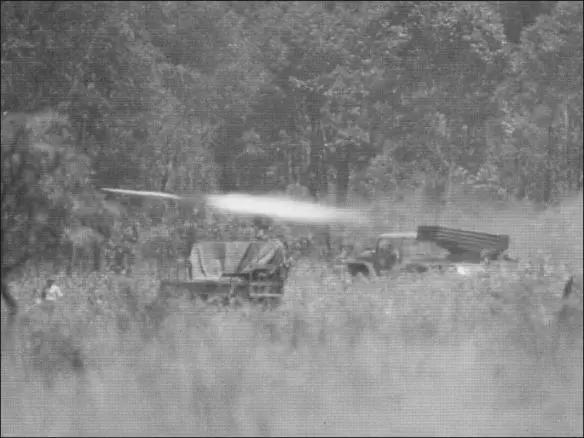
FAPLA BM-21 multiple-rocket launcher in action.
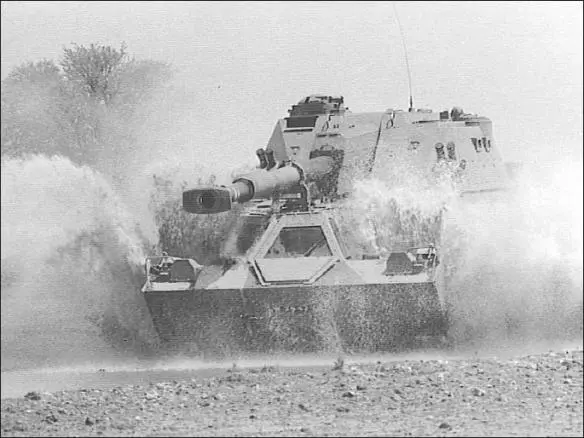
The G6.
The list of South African-innovated, -pirated and -produced battlefield hardware is long but is perhaps best defined by an anecdote related to the development of a South African-produced flight helmet. The first hostile encounters over the skies of Angola with enemy MiGs gave added impetus to the development of the South African V3 series of air-to-air missiles which were designed to be integrated with a helmet-mounted sight, also of South African design. Development of the helmets began in 1975 with the SAAF being the first air force to fly operationally with this type of system. However, one of these helmets was stolen by Soviet spy and ex-South Africa Navy commodore Dieter Gerhardt who duly passed it over to his handlers. In later years, once South African isolation had been lifted and diplomatic relations normalized, it was found that the helmet sight in operational use by the Russian Air Force was basically that stolen from the South Africans.
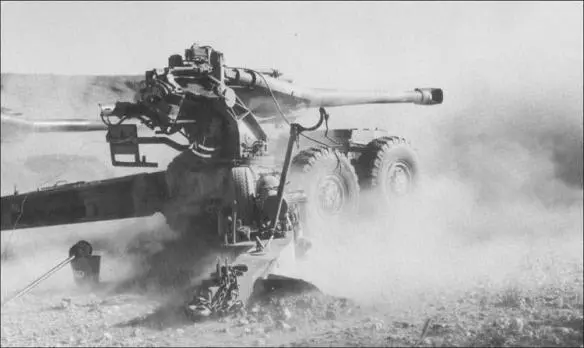
The formidable South African G5.
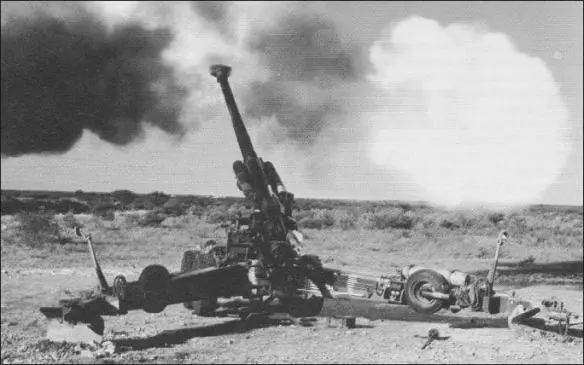
A G5 in action.
All this was in preparation for a rapidly evolving battlefield dynamic. By the dawn of 1976, the MPLA was in effective control of the government and the lion’s share of the territorial expanse of Angola. The FNLA was no longer a force of any particular consequence while UNITA, under the charismatic leadership of Jonas Savimbi, remained in existence but savagely depleted in the aftermath of the South African withdrawal.
UNITA clung to a limited swath of territory in the remote south/central provinces of Angola, overlapping the ethnic heartland of the Ovimbundu group, in effect establishing a separate government with its capital in Huambo, Nova Lisboa of yore, and a key centre on the strategically important Benguela railway line that linked the Atlantic port of Lobito to the interior.
In the meanwhile, South African military activity along the border remained for all intents and purposes a classic, low-level counter-insurgency containment. Routine foot and vehicle patrols augmented by deep-penetration reconnaissance were the tool of choice. Here the skills of the individual hunter/killer operative often led to direct contact or intelligence build-ups that allowed for more orchestrated infantry or airborne actions to take place. Alongside this, covert military support continued to be given to UNITA in respect of the fact that the organization, if not advancing South African interests by its own agenda, was at least hostile to SWAPO and a force multiplier in a situation where politics often proscribed the limits of South African military action. In this type of action the SAAF returned to its support role, with the transport pilots of 28 Squadron doing the usual heavy lifting, the Kudus and Bosboks plying the cut-line on Telstar (airborne radio relay) duty and the Pumas and Alouettes backing up the troops in the field with vital supply, deployment and casevac. The Bosboks and Kudus also undertook air reconnaissance, target-marking, casevac, liaison duties and countless other mundane tasks essential in maintaining an effective air operation.
Читать дальше
